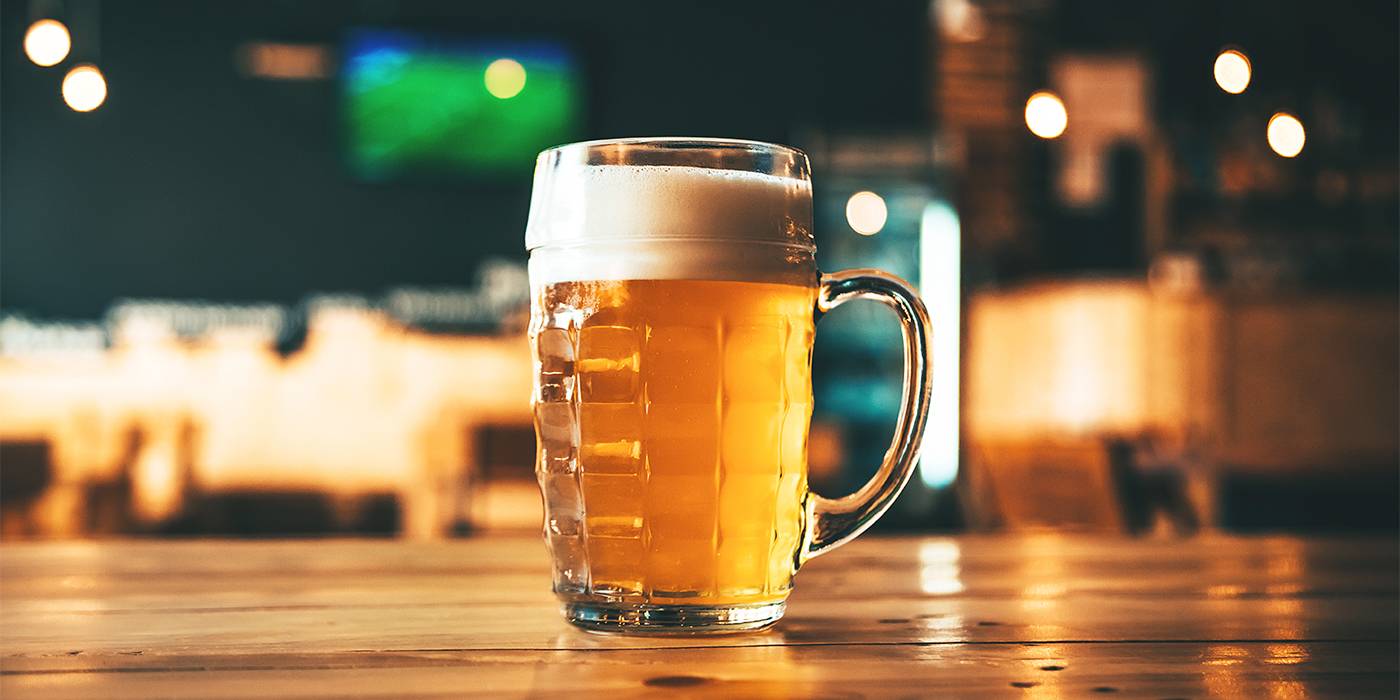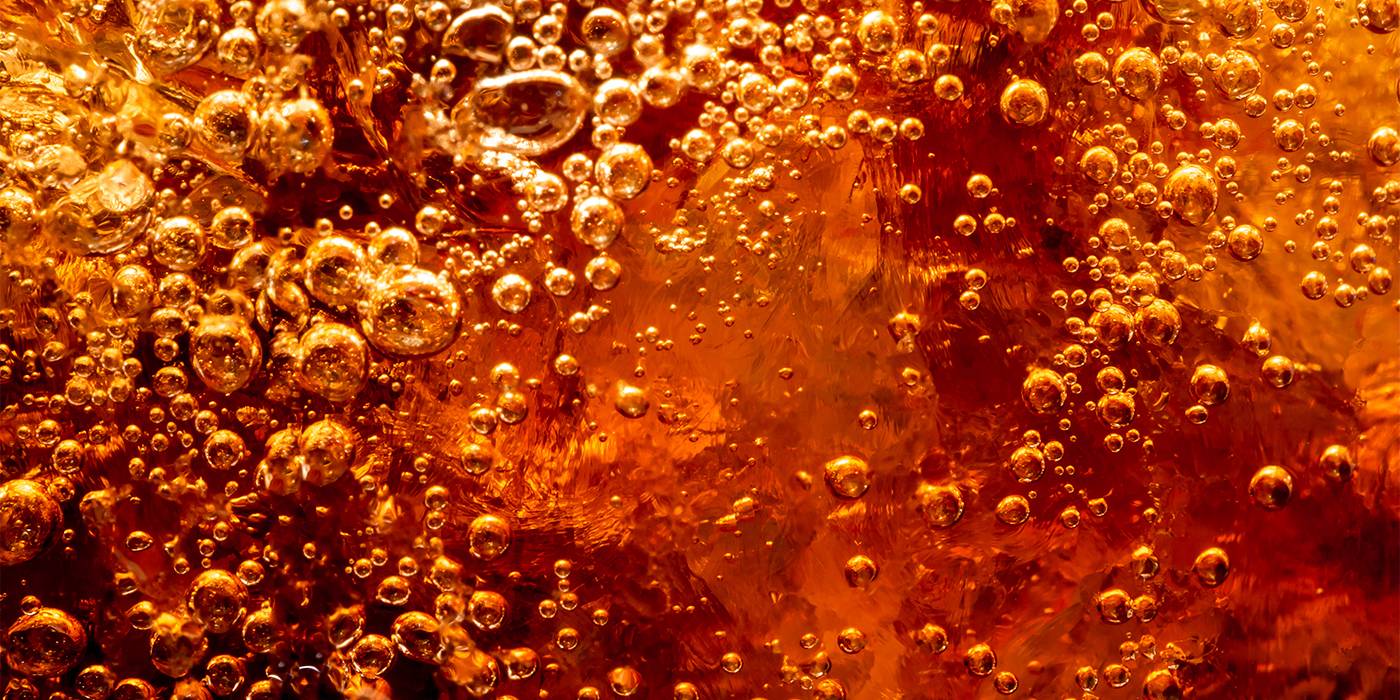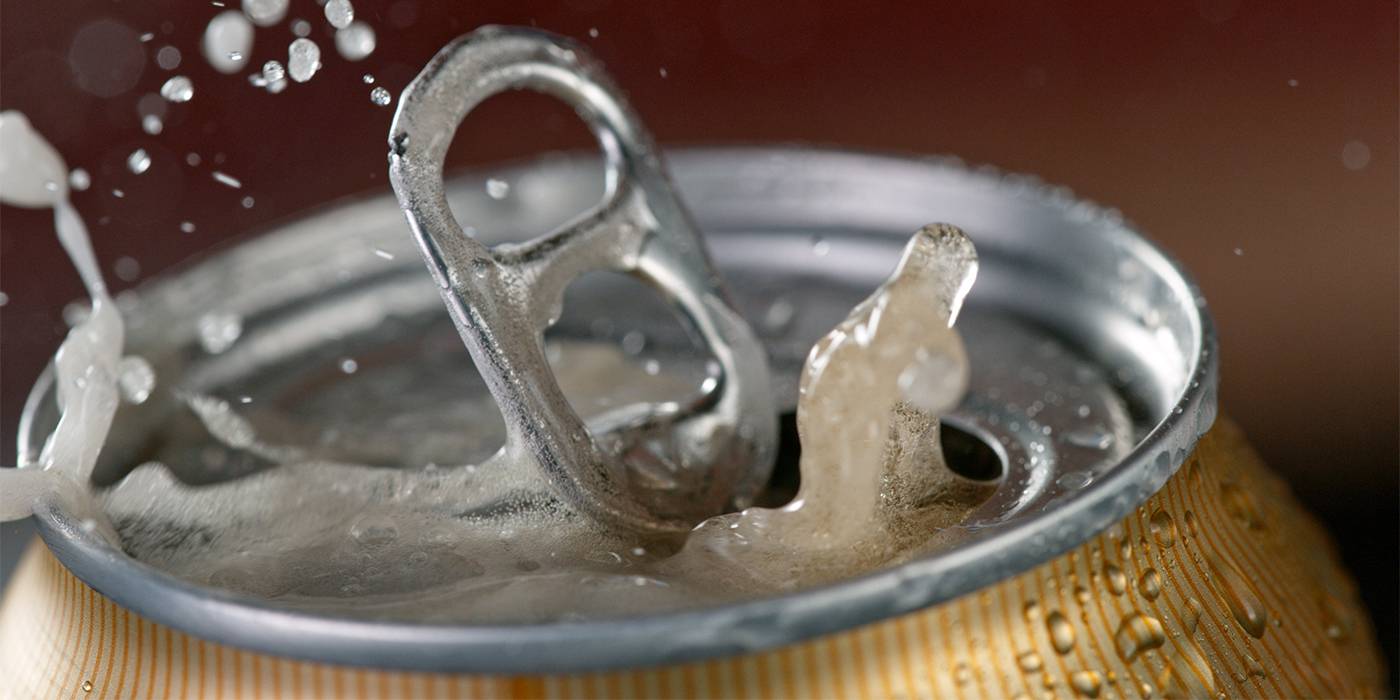Beer carbonation
The carbonation of beer is a fundamental step in the brewing process. Discover how it influences factors such as carbonation levels, types and much more.

Julio Cerezo - Beer Sommelier
Director of Sabeer Beer Academy
If there is one feature common to all beer the world over, it has to be carbonation. Alcohol content, bitterness or an intense golden colour are attributes of many beers around the planet, but we can easily find alcohol-free beers that are obviously sweet or bitter with a toasted, reddish or dark colour as well. On the other hand, any beer that is not carbonated, or flat, is either defective or has been brewed according to a very peculiar, minority brewing style.

Carbonation, as the common denominator of beer, confers certain organoleptic characteristics that vary depending on its intensity, and although all beers are carbonated, not all of them have the same degree of carbonation. For example, traditional British ale usually has low carbonation levels, whereas its Belgian counterparts tend to be well over the average. That leads us to ask a fundamental question: What does carbonation actually depend on in beer?
Carbonation is one of the natural results of fermentation when brewing beer. When our beloved, voracious Saccharomyces fungi, commonly known as yeast, are added to the must, they start to metabolise the sugars in the malted barley and other cereal grain. During this process, ethyl alcohol and carbon dioxide (CO2) is produced, along with other aromatic compounds depending on the strain of yeast used, conferring fruity or spicy hints to our beer.
The amount of CO2 will depend on the strain of yeast chosen for fermentation, how much of the gas we allow to escape during this, and the subsequent brewing processes, and how many times it is fermented. Although only one fermentation is usually carried out during the fermentation process, the aforementioned Belgian beers or home-brews, include a second fermentation process in the bottle owing to the must and/or sugar that is added after sealing, thus considerably increasing the level of carbonation.

CO2 can also be injected during the brewing process to adjust the level to the requirements of the recipe. This is particularly common in recipes of beers aged in barrels, as they often lose a considerable amount of the gas that is produced during fermentation while they are ageing. Additional gas should not be added when pouring draft beer from the barrel, because during this process the system should only use the CO2 from the bottle to force the beer through the pipes, but it should never be added to the drink itself.
With normal concentrations in any type of beer, the carbonic gas or CO2 should not confer any flavour at all to the beer. Its main role is to confer texture to the beer that would be comparable to crunchiness in the case solid food, and also an overall sensation of freshness.

The use of another gas has become fairly common in brewing in recent decades, namely nitrogen. Unlike carbon dioxide, nitrogen is not produced during fermentation, and is always added, either by injecting it into the barrel or by a capsule inserted in the can. This capsule ruptures when the can is opened, and the gas is dissolved in the beer. Beers containing nitrogen have a more creamy texture due to the smaller size of the nitrogen gas bubbles.
Cheers!
What do you think about?
Share comments, opinions and tricks with the Community







